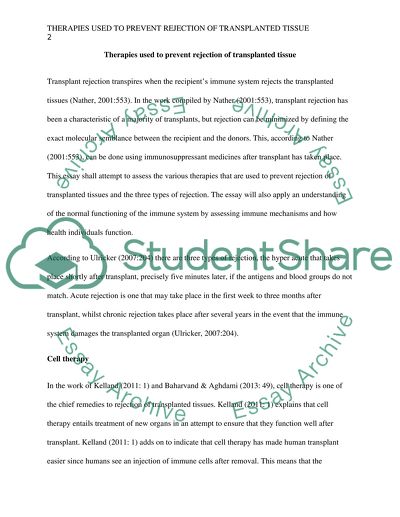Cite this document
(“Therapies used to prevent rejection of transplanted tissue Essay”, n.d.)
Retrieved from https://studentshare.org/health-sciences-medicine/1465633-therapies-used-to-prevent-rejection-of
Retrieved from https://studentshare.org/health-sciences-medicine/1465633-therapies-used-to-prevent-rejection-of
(Therapies Used to Prevent Rejection of Transplanted Tissue Essay)
https://studentshare.org/health-sciences-medicine/1465633-therapies-used-to-prevent-rejection-of.
https://studentshare.org/health-sciences-medicine/1465633-therapies-used-to-prevent-rejection-of.
“Therapies Used to Prevent Rejection of Transplanted Tissue Essay”, n.d. https://studentshare.org/health-sciences-medicine/1465633-therapies-used-to-prevent-rejection-of.


